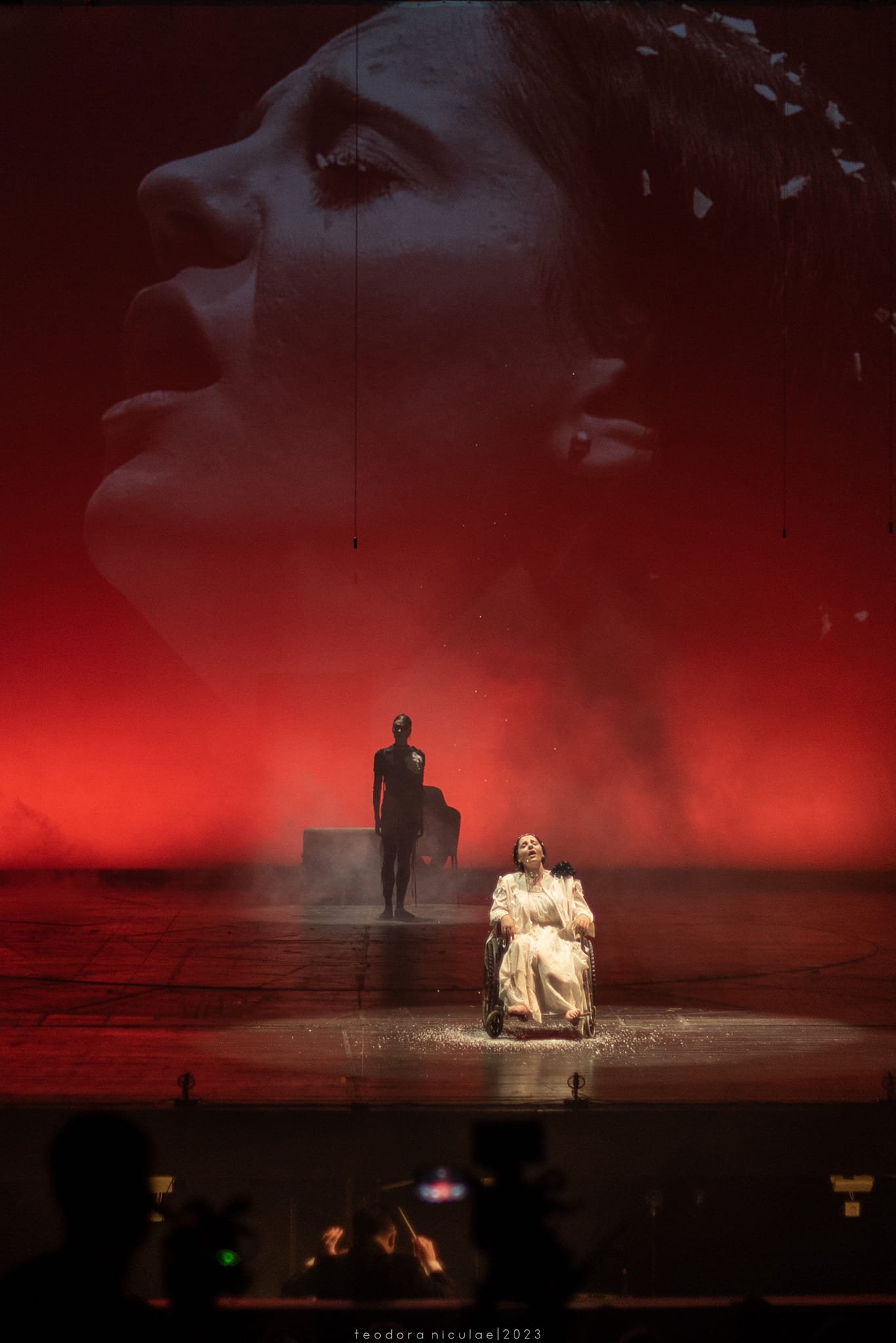When we talk about lighting design principles, Pinterest may seem like an endless source of inspiration—trust me, I say that from personal experience. But very little of what we find there actually relates to the philosophy of lighting design. Beyond the pretty pictures of wall sconces or vintage decorative bulbs, there’s an invisible art that shapes spaces, emotions, and experiences. And this art isn’t learned from apps or beautiful vacations—but by understanding fundamental principles.
Here are 4 essential lighting design principles you won’t find in moodboards, but that can make the difference between a space that’s merely nice and one that’s deeply impressive.
1. Light Is Not an Accessory—It’s a Design Concept
On Pinterest, light is often treated like a decorative object: a pretty lamp here, a vintage bulb there. But a lighting designer thinks both creatively and strategically—each light source must serve a clear purpose: functional, ambient, or accent. Its placement is intentional, and its color temperature must harmonize with the rest of the space.
💡 If we focus only on aesthetics, we may end up with rooms that look good but feel uncomfortable and tiring. And that’s something photos can’t capture.
2. Well-Planned Contrast Creates Atmosphere—Not Uniform Lighting
One of the most common design mistakes: flat, general lighting that makes everything feel bland. On Pinterest, spaces look flawless thanks to good photography. But in real life, a lack of contrast in lighting kills the mood.

A lighting designer creates visual hierarchies—areas of intense illumination alternated with shadows. Just like in film or theater. The result is a space with depth, atmosphere, and drama. You could describe it as a theatrical experience with cinematic imagery.
3. Light Has a Temperature—And Temperature Creates Atmosphere
Under warm light, everything looks cozy in photos. But color temperature isn’t just a style choice—it directly affects how a space functions and how it makes us feel.
Overly warm light in an office can cause drowsiness and reduce productivity. Too cool a light in a living room can make the space feel cold and impersonal. In restaurants, the wrong lighting can even distort the color of food, negatively affecting the perceived quality.
🎓 In our course, we explain how to choose the right temperature based on the purpose of each space—not just on trends.
4. A Well-Lit Space Doesn’t Have Just One Version—It Has Multiple Scenarios
This is a subtle but essential principle: think of lighting in terms of different times of day. What kind of light do you need at 10 AM? What about in the afternoon—or in the evening, when you want intimacy?
An effective lighting design system involves layering and flexibility: task lighting for functionality, ambient lighting for relaxation, accent lighting for atmosphere. All these „acts” must work both together and independently—depending on how the space is being used.
🎭 Imagine your space as a stage. Lighting is the direction, it needs to adapt to every moment.

Conclusion
Photos show you results, but true lighting design reveals the process. If you want to create spaces that feel as good as they look, you have to learn to think beyond Pinterest—and beyond what simply looks “pretty” in pictures.
